Picking the best places to visit in India feels like trying to choose between your favorite books – each one has its own special story to tell, and they’re all worth your time for different reasons. From the snow-capped peaks of the Himalayas to the warm beaches of Goa, and from busy city streets to quiet countryside villages, India serves up an incredible mix of experiences. The country is basically a world within itself, where every state brings its own unique flavor to the table – different languages, foods, traditions, and landscapes.
I’ve spent countless hours exploring this incredible country, and narrowing down the list to just 21 destinations wasn’t easy. We’re covering everything from ancient temples and palaces to modern cities and natural wonders. Each place earned its spot not just for what you’ll see, but for the complete experience it offers – the people you’ll meet, the stories you’ll hear, and the memories you’ll make.
Whether you’re planning your first trip to India or looking to explore beyond the usual tourist spots, this list includes some well-known favorites plus a few hidden gems that might surprise you. Consider this your friendly guide to discovering some of India’s most remarkable places.
- Best tourist destination: Golden Triangle (Delhi-Agra-Jaipur)
- Underrated hidden gem: Hampi, Karnataka
- Best for families: Goa’s beaches
- Best for couples: Kerala backwaters
- Best for solo travelers: Rishikesh
- Best for culture lovers: Varanasi
Taj Mahal, Agra
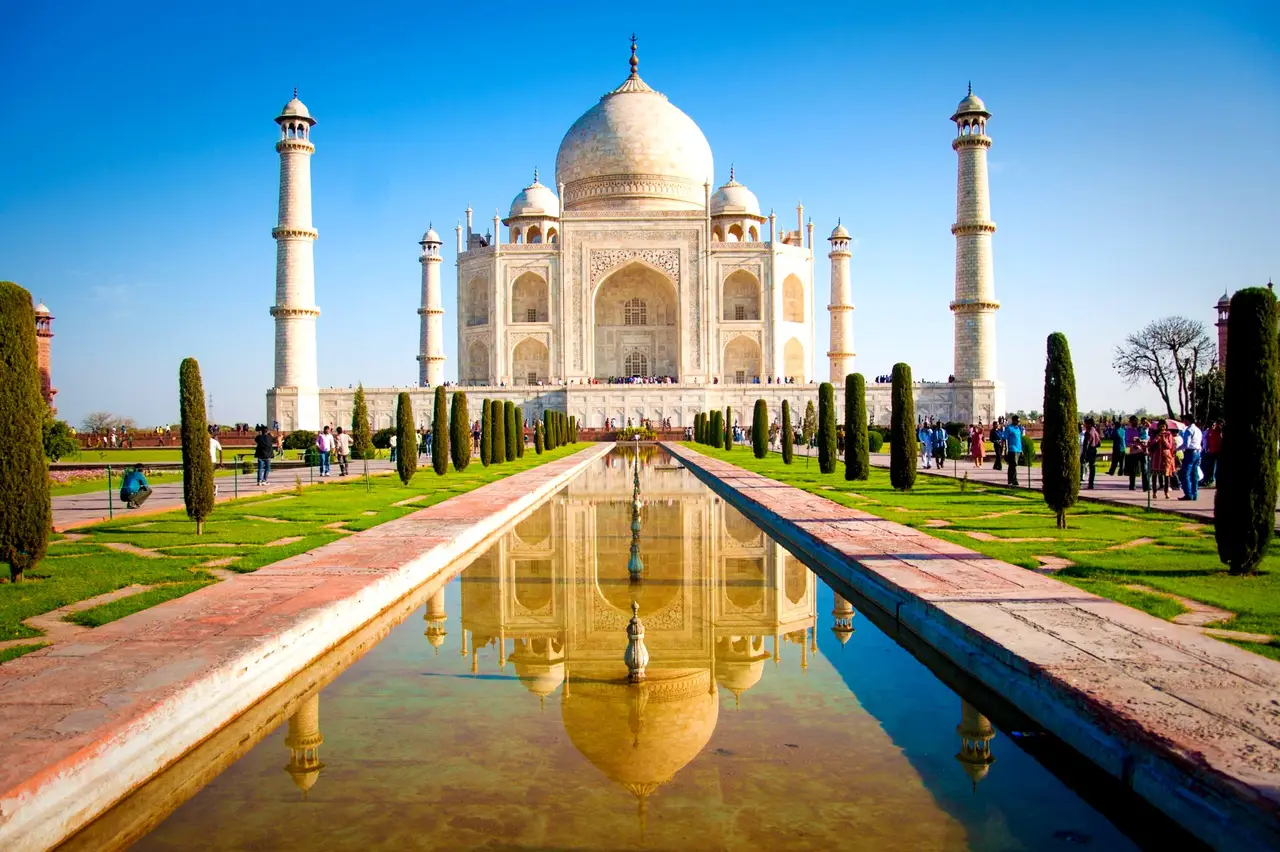
Many travelers journey to Agra to see the Taj Mahal, India’s most famous monument, but this city offers more than just its marble masterpiece. The white domed mausoleum, built by Mughal Emperor Shah Jahan as a testament to his love for his wife, draws millions of visitors each year to marvel at its perfect symmetry and intricate details. Beyond the main complex, you’ll find peaceful gardens, two identical red sandstone buildings flanking the main structure, and the serene Yamuna River flowing nearby. While most people visit during sunrise or sunset, the Taj Mahal maintains its charm throughout the day, and the surrounding area provides opportunities to explore other Mughal-era architecture and sample local delicacies in the bustling streets of old Agra.
Varanasi, Uttar Pradesh
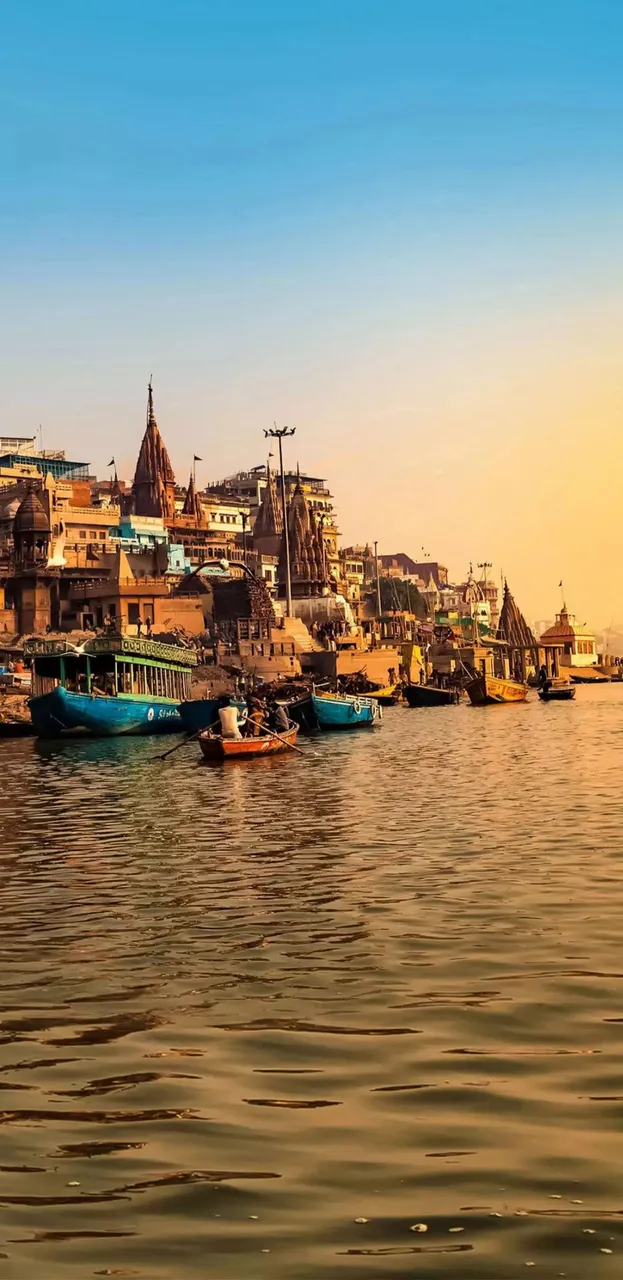
Have you ever seen a holy man perform ancient rituals at sunrise? It’s an everyday scene in Varanasi, India’s spiritual capital where centuries-old traditions unfold along the sacred Ganges River. The oldest living city in the world, Varanasi draws pilgrims and curious travelers alike to witness life and death ceremonies playing out on its famous ghats – the stone steps leading to the water. You can take early morning boat rides to watch the city wake up, explore the narrow lanes filled with sweet-smelling incense and temple bells, or visit Sarnagar, where Buddha gave his first sermon. The evening aarti ceremony, where priests swing giant lamps in synchronized movements, offers a glimpse into India’s deep spiritual roots.
Jaipur, Rajasthan

If there’s one place that captures the royal spirit of India, it’s the Pink City of Jaipur. The capital of Rajasthan welcomes visitors with its signature terracotta-colored buildings and palaces that line the old city streets, telling stories of maharajas and bygone eras. This is where you’ll find yourself wandering through bustling bazaars filled with traditional textiles and jewelry, while centuries-old forts like Amber and Nahargarh stand guard from their hilltop perches. The city strikes a unique balance between its historic charm and modern energy – you can start your morning exploring the intricate halls of City Palace, then spend your afternoon sipping masala chai at a contemporary rooftop café overlooking the endless sea of pink buildings below.
Kerala Backwaters
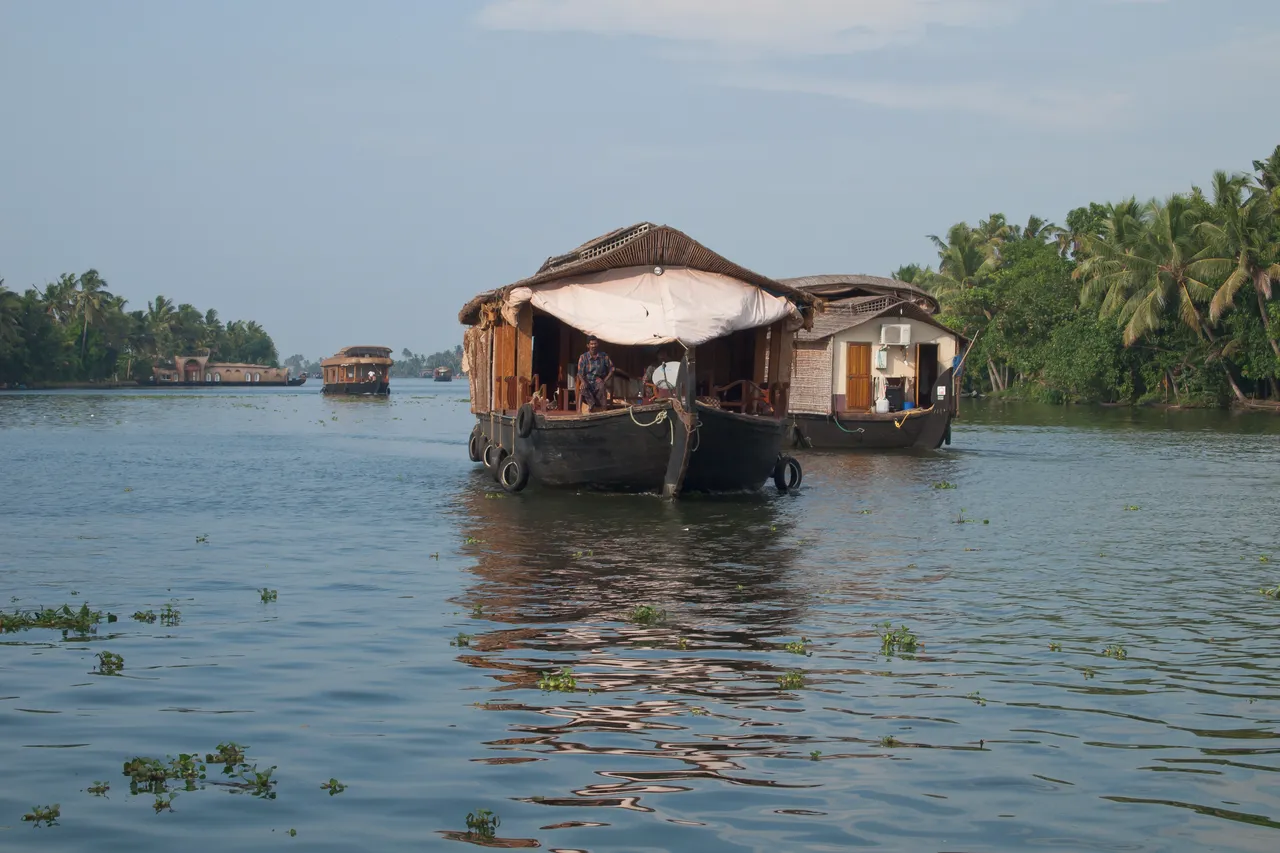
If you’re looking to experience India at a slower pace, Kerala’s backwaters should be at the top of your list. Stretching along the Malabar Coast, this network of interconnected canals, rivers, and lakes creates a peaceful maze where traditional houseboats drift past coconut groves, small villages, and rice paddies. The waterways span over 900 kilometers, giving visitors plenty of opportunities to observe local life while lounging on a wooden vessel converted into a floating hotel.
Goa Beaches
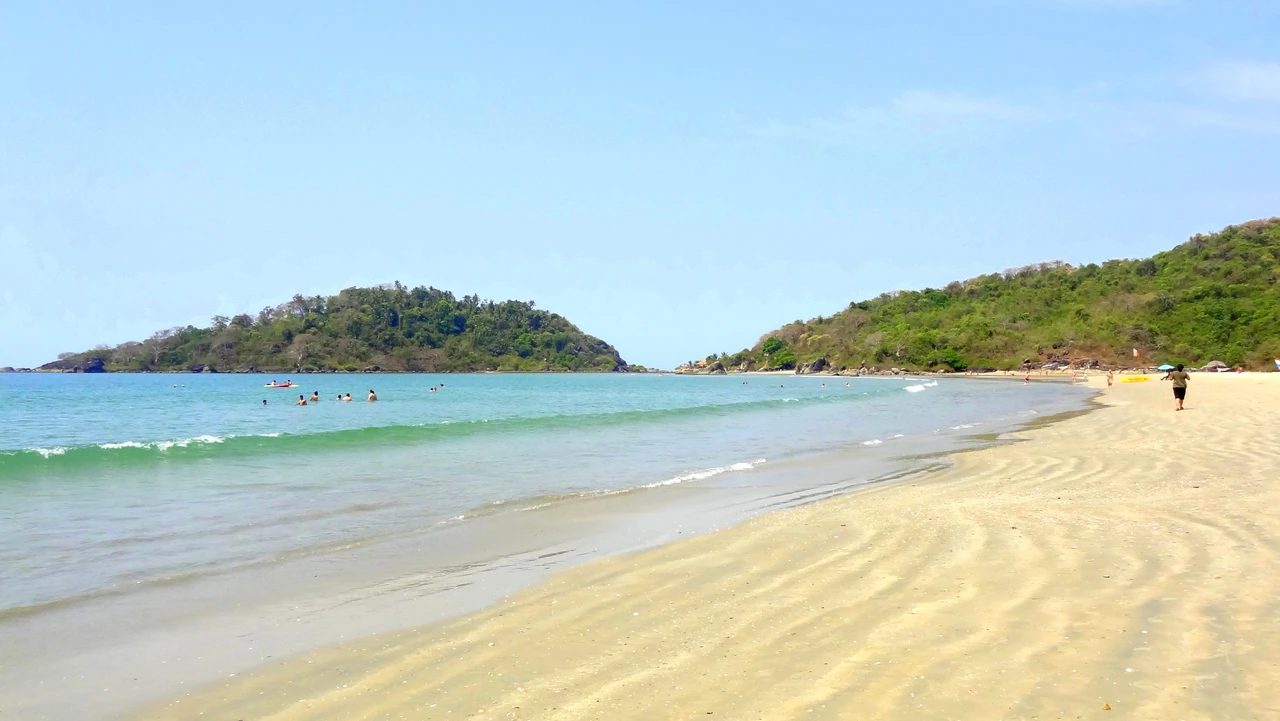
I always tell beach lovers heading to India that Goa should be their first stop. Spread along the country’s western coast, this former Portuguese colony offers a perfect mix of golden sand beaches, swaying palm trees, and laid-back beach shacks serving fresh seafood and cold drinks. From the peaceful shores of Palolem in the south to the lively strips of Baga and Calangute in the north, Goa’s coastline has a beach for every kind of traveler.
Udaipur, Rajasthan
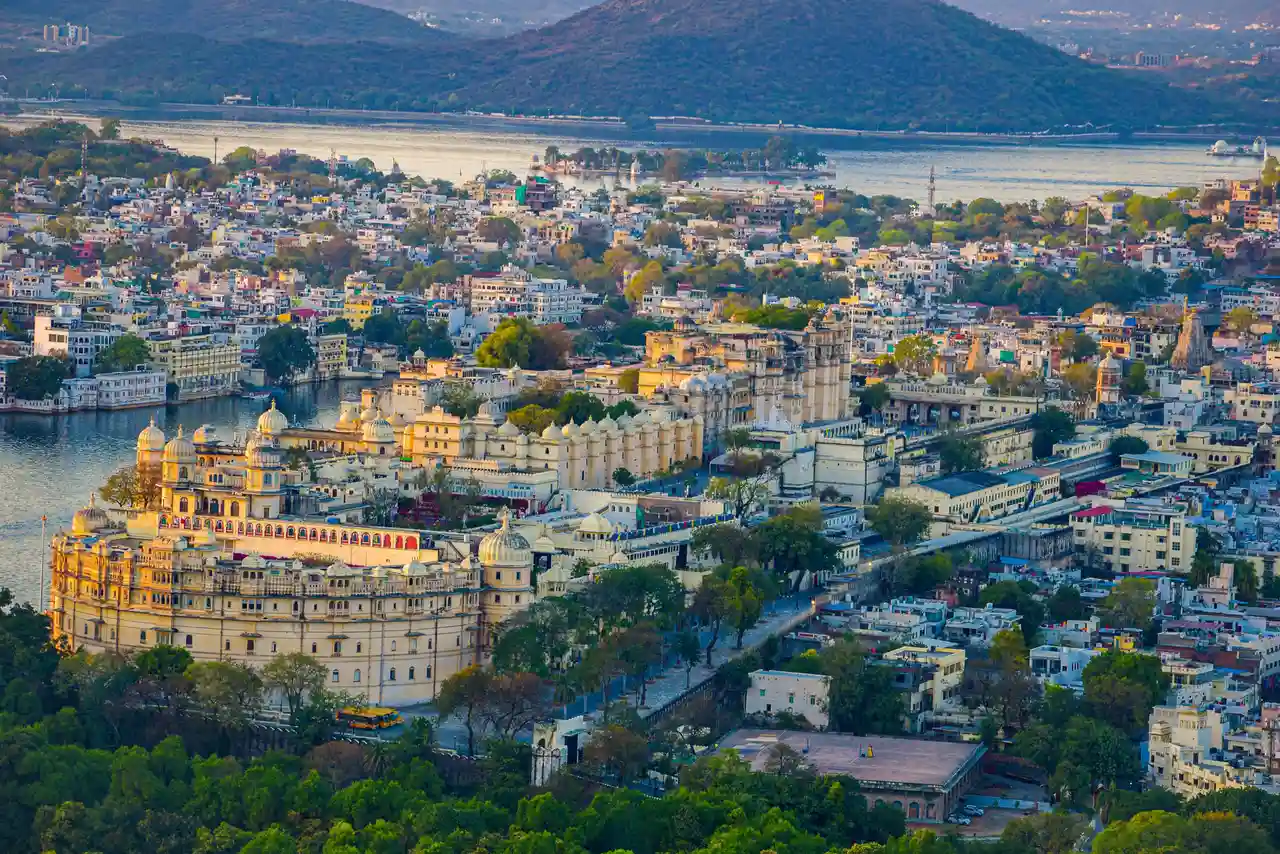
Known as the City of Lakes, Udaipur has been charming travelers since the 16th century when it served as the capital of the Mewar Kingdom. Located in southern Rajasthan, this city wraps around a network of artificial lakes, with the grand Lake Palace floating like a white marble mirage in Lake Pichola’s center. The city’s narrow lanes wind past old havelis and temples, leading to the massive City Palace complex that towers over the waterfront. From its rooftop restaurants, you can watch the sun paint the lake waters golden while local musicians fill the evening air with traditional Rajasthani tunes. The surrounding Aravalli Hills provide a natural fortress around Udaipur, and their gentle slopes host hidden gardens and ancient temples that tell tales of the region’s rich history.
Ladakh, Jammu & Kashmir
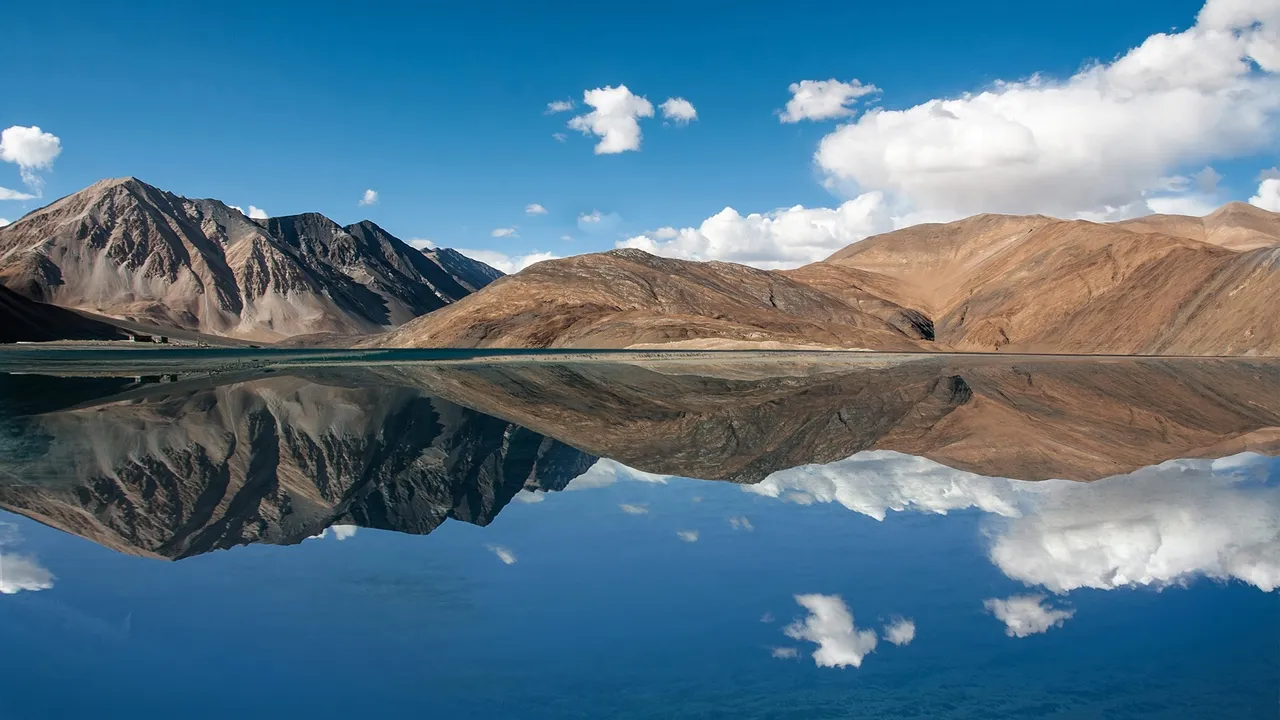
If you’re looking to experience the untamed beauty of the Himalayas, Ladakh should be at the top of your list. Nestled in the northernmost part of India, this high-altitude desert features ancient Buddhist monasteries perched on rocky outcrops, crystal-clear lakes reflecting snow-capped peaks, and winding roads that seem to touch the clouds. The region’s unique blend of Tibetan and Ladakhi culture comes alive in its colorful festivals, traditional markets, and the warm smiles of local people wrapped in woolen goncha robes.
Hampi, Karnataka
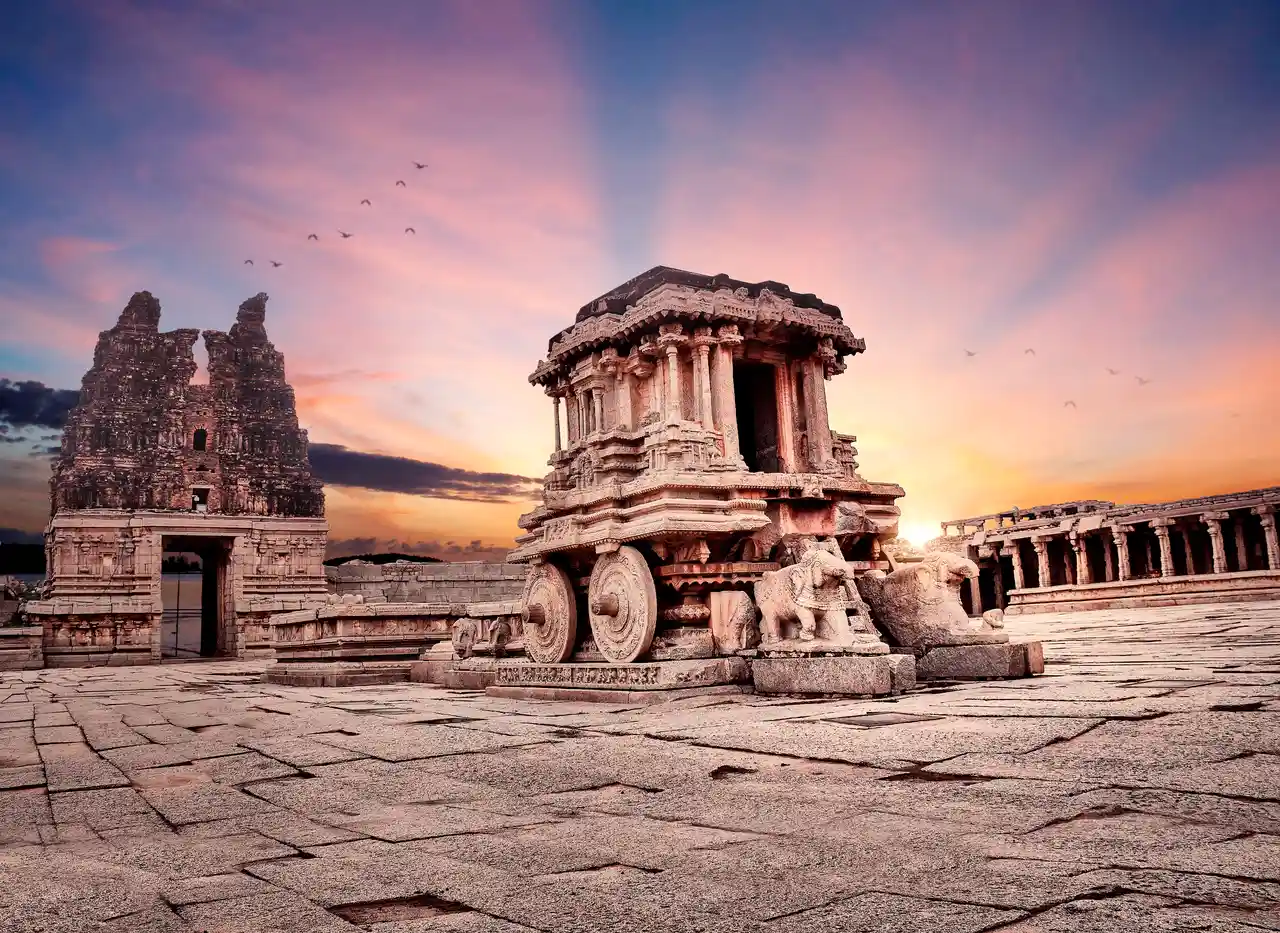
Hampi is the place I recommend to anyone fascinated by ancient Indian history and architecture. Located in northern Karnataka, this UNESCO World Heritage site contains over 1,600 monuments spread across a surreal landscape of giant boulders and palm groves. The well-preserved ruins of the Vijayanagara Empire include the iconic Vitthala Temple with its stone chariot, the massive Virupaksha Temple, and the elaborate elephant stables that tell stories of a grand medieval city.
Amritsar, Punjab
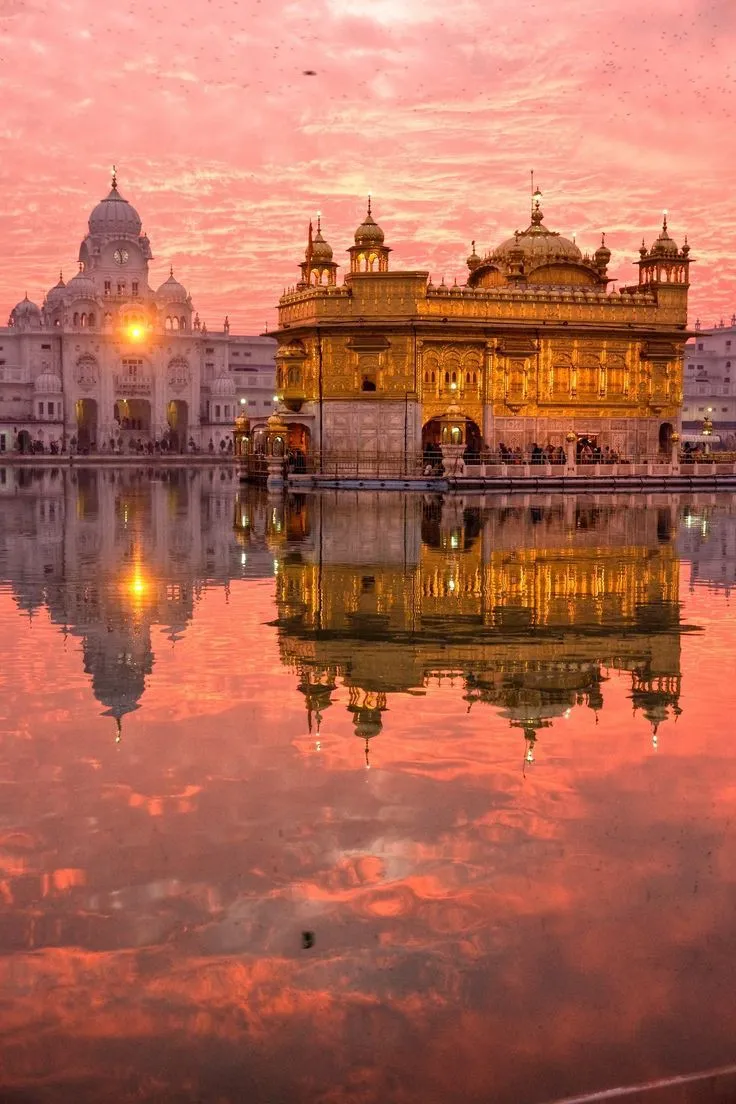
Many travelers journey to Amritsar to visit the Golden Temple, the most sacred shrine in Sikhism, but this Punjab city offers much more than religious sites. The streets buzz with activity around Amritsar’s famous food markets, where you can sample local specialties like butter chicken and hot, flaky kulchas fresh from the tandoor. While the temple complex draws crowds for its peaceful atmosphere and free community kitchen that serves thousands daily, visitors also head to the nearby Wagah Border to watch the famous sunset ceremony between Indian and Pakistani forces. Whether you’re exploring the narrow lanes of the old city or taking in the solemn atmosphere at the Jallianwala Bagh memorial, Amritsar provides a genuine glimpse into Punjab’s rich cultural heritage.
Darjeeling, West Bengal

Nestled in the foothills of the Himalayas, Darjeeling sits like a peaceful outpost in West Bengal’s mountainous terrain. Like other hill stations in India, it has its share of tea gardens, mountain views, and colonial architecture. But unlike the rest, Darjeeling moves to the gentle rhythm of Buddhist prayer flags fluttering in the wind and the whistle of the toy train chugging along narrow tracks. Thanks to its history as a British summer retreat, the town blends Indian, Nepali, and colonial influences, and you’ll find monasteries right next to Victorian-style buildings. The aroma of fresh tea leaves fills the air as locals go about their day, and the snow-capped peak of Kanchenjunga looms in the distance, watching over this mountain town like a silent guardian.
Rishikesh, Uttarakhand
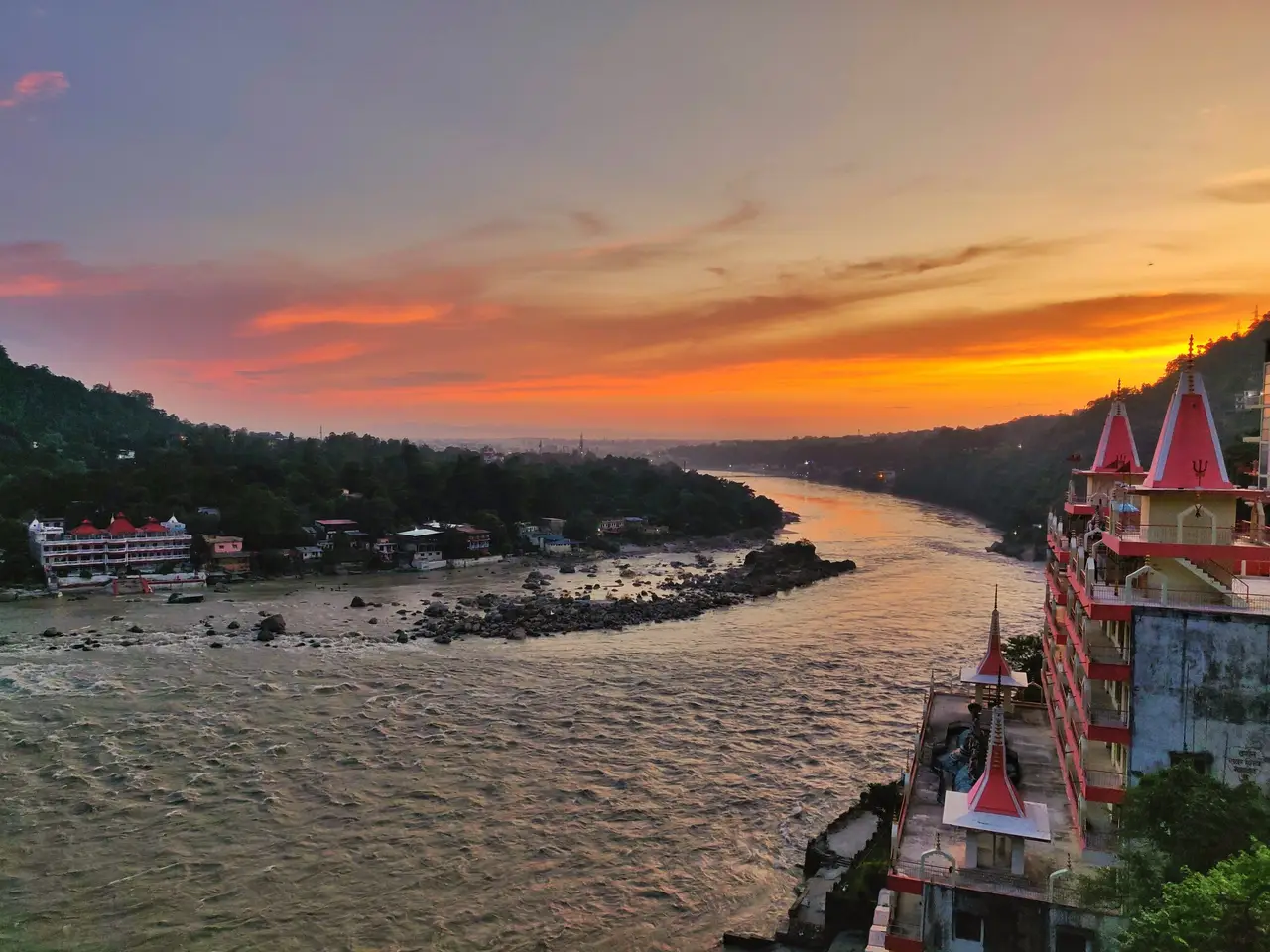
Tucked away in the foothills of the Himalayas, Rishikesh sits along the sacred Ganges River in northern India. Known as the ‘Yoga Capital of the World,’ this spiritual town has drawn seekers and adventurers since the Beatles made their famous visit in 1968. The iconic Lakshman Jhula bridge stretches across the blue-green waters, while ashrams and temples line the peaceful riverbanks. Visitors can join morning meditation sessions, try white water rafting on the rushing rapids, or simply watch the evening aarti ceremony where hundreds of small candles float down the river. The streets buzz with a mix of chanting, temple bells, and the occasional mooing of wandering cows, while the surrounding forests offer quiet trails leading to hidden waterfalls.
Mind-Blowing Fact:
Rishikesh earned its fame as the “Yoga Capital of the World” after the Beatles visited in 1968 to learn meditation from Maharishi Mahesh Yogi, sparking a wave of Western spiritual seekers that continues today. The sacred Ganges River flows through this ancient city, where you can watch Hindu ceremonies at sunset while temple bells ring and orange-robed sadhus (holy men) gather along the ghats.
Khajuraho, Madhya Pradesh

Many travelers venture to Khajuraho for its famous temples, but this ancient city in Madhya Pradesh offers much more than just religious architecture. The UNESCO World Heritage site houses 25 surviving temples decorated with intricate carvings that tell stories of life in medieval India. While the erotic sculptures often grab the headlines, the temples also showcase scenes of everyday activities, mythological tales, and royal ceremonies. Beyond the temples, visitors can explore the nearby Panna National Park, known for its tigers and diverse wildlife, or attend the week-long classical dance festival in February that brings the temple grounds to life with performances set against the historic backdrop.
Mysore, Karnataka
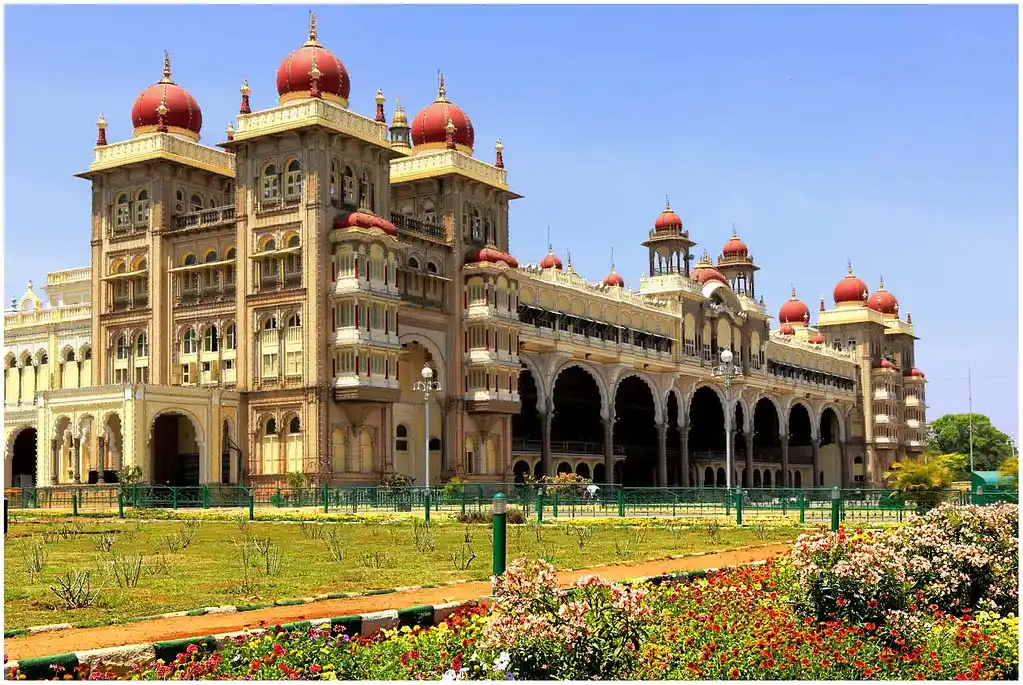
Located about 150 kilometers southwest of Bangalore lies the city of Mysore, Karnataka’s cultural heart. Like many historic Indian cities, Mysore has its grand palaces, colorful markets, and ancient temples. But what sets it apart is how it seamlessly blends its royal heritage with modern life. Listen for the Sanskrit chants from yoga students practicing in the park, and you’ll get a sense of why this place is known as India’s yoga capital. Thanks to its connection to the Wodeyar dynasty, who ruled here for nearly six centuries, Mysore developed into a center for art and learning. Today, you’ll find their influence everywhere – from the magnificent Mysore Palace to the traditional silk sarees still woven on wooden looms in the old city quarters.
Rann of Kutch, Gujarat
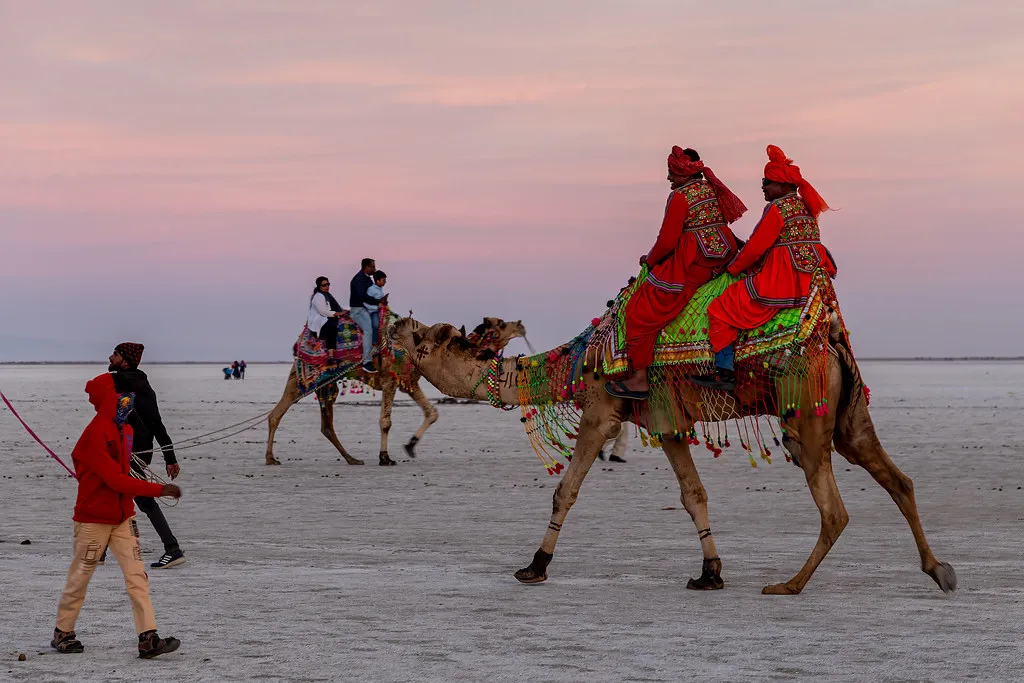
Many travelers venture to the Rann of Kutch for its vast salt desert, the largest of its kind in India, but this region offers much more than just white crystalline plains. The area transforms into a cultural hub during the Rann Utsav festival, where visitors can experience traditional Gujarati music, dance, and crafts. While the salt flats draw crowds during the winter months from November to February, the surrounding villages showcase authentic handicrafts and the unique lifestyle of local communities. You can stay in traditional mud houses, spot flamingos in the wild, or take a camel safari across the moonlit desert – the Rann of Kutch keeps visitors engaged throughout the cooler season.
Valley of Flowers, Uttarakhand
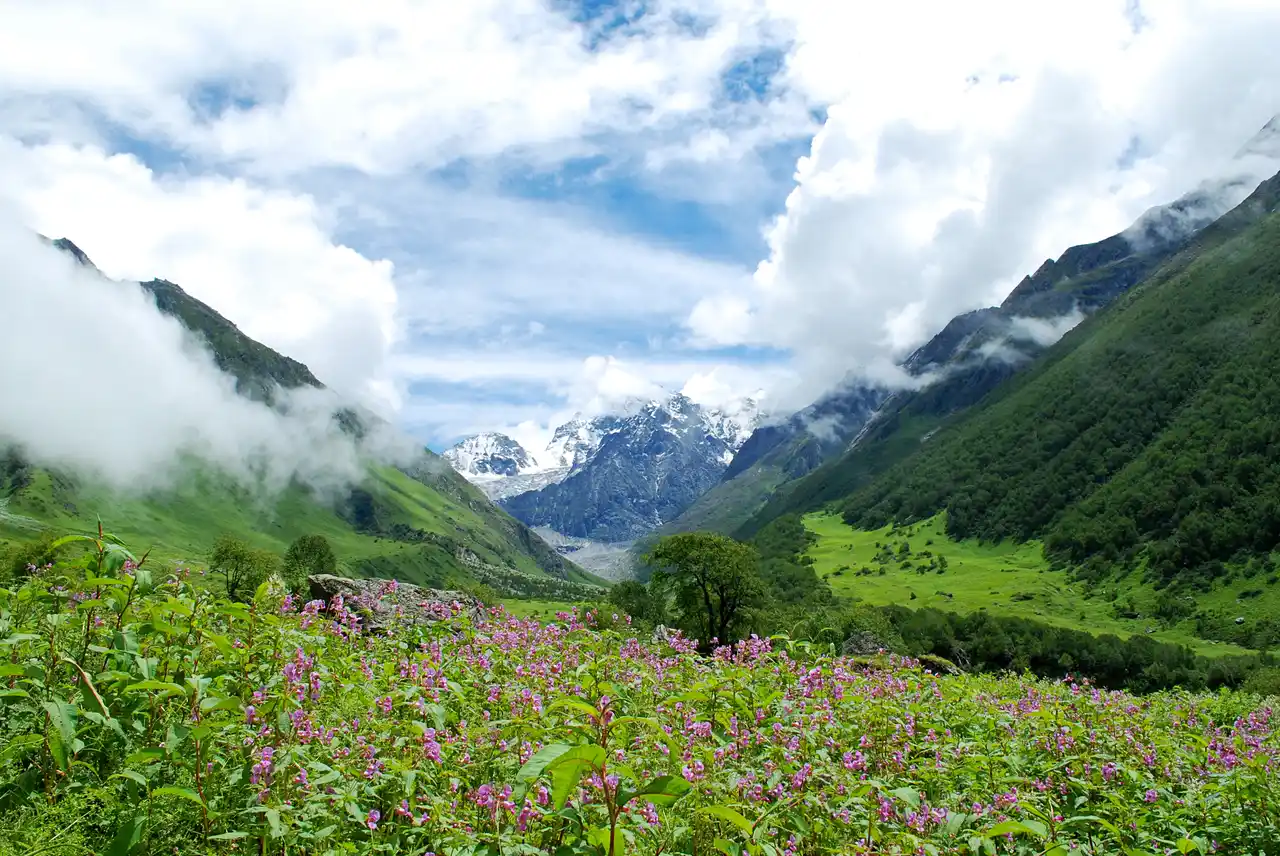
Of all the places I’ve visited in India, the Valley of Flowers in Uttarakhand stands out as something truly special. This natural wonderland, nestled high in the Himalayas at 11,000 feet, comes alive between June and September when thousands of alpine flowers carpet the valley floor in waves of purple, white, and yellow. It’s not an easy place to reach – you’ll need to trek about 10 miles from the nearest road – but those who make the journey find themselves in a paradise that inspired countless legends. The valley changes color every few weeks as different species bloom in succession, while snow-capped peaks tower overhead and clear streams cut through meadows filled with over 500 types of wild flowers.
Andaman Islands
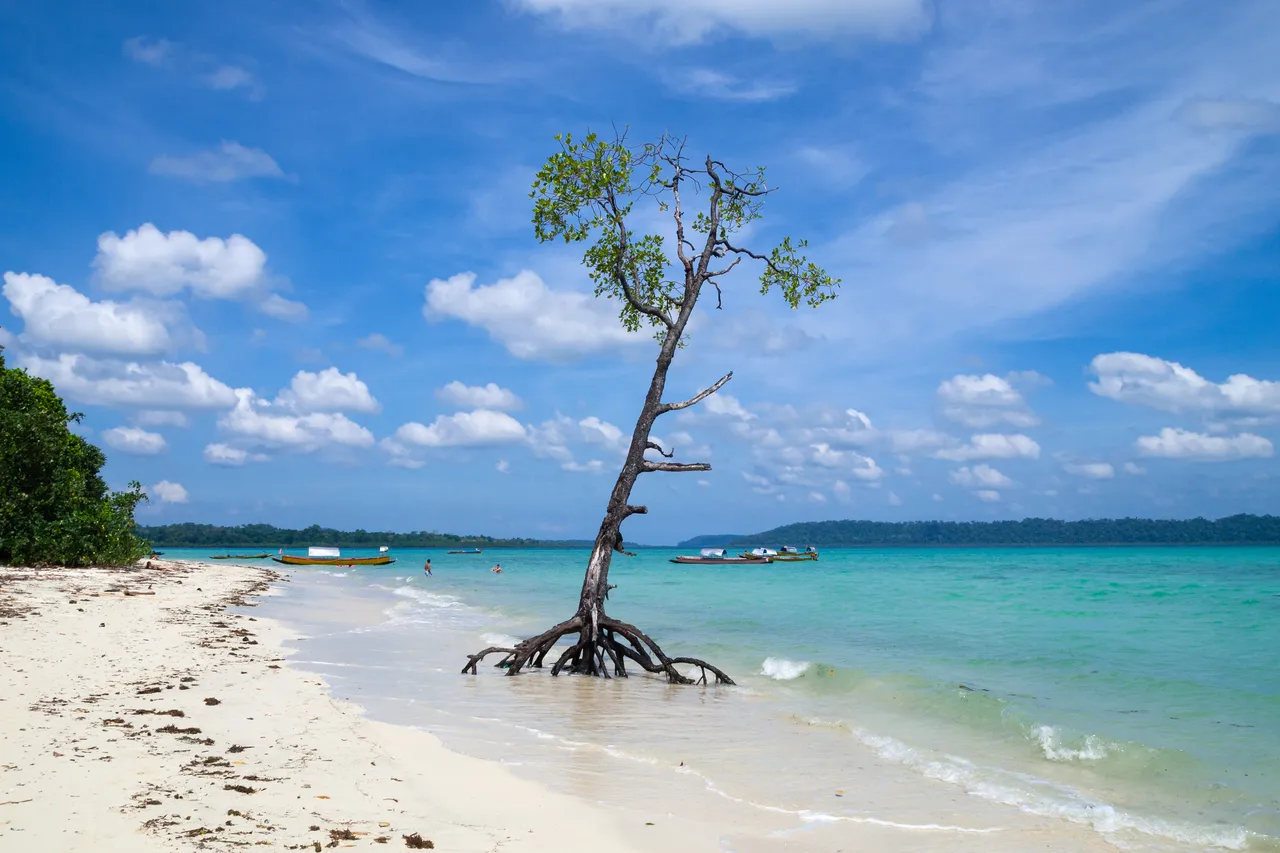
The Andaman Islands feel like a world away from mainland India’s busy cities and crowded streets. This chain of 300+ islands scattered across the Bay of Bengal offers crystal-clear waters and coral reefs that make you forget you’re still in India. While only a handful of islands are open to visitors, each one delivers its own slice of paradise – from snorkeling with sea turtles at Havelock Island to learning about indigenous tribes on Little Andaman. The beaches here aren’t just pretty – they’re also surprisingly uncrowded, letting you experience that rare feeling of having a tropical paradise almost to yourself. It’s not the easiest place to reach, requiring either a flight or a multi-day boat journey from the mainland, but the reward is access to some of India’s most pristine natural spaces.
Did You Know This Fact?
The Andaman Islands are home to some of the world’s last uncontacted tribes, including the Sentinelese people who have lived in isolation on North Sentinel Island for over 60,000 years and aggressively defend their territory from outsiders. Beyond its mysterious indigenous inhabitants, these remote Indian islands in the Bay of Bengal feature uniquely clear waters with visibility up to 40 meters deep, making them a dream spot for diving enthusiasts to explore thriving coral reefs and WWII shipwrecks.
Mahabalipuram, Tamil Nadu
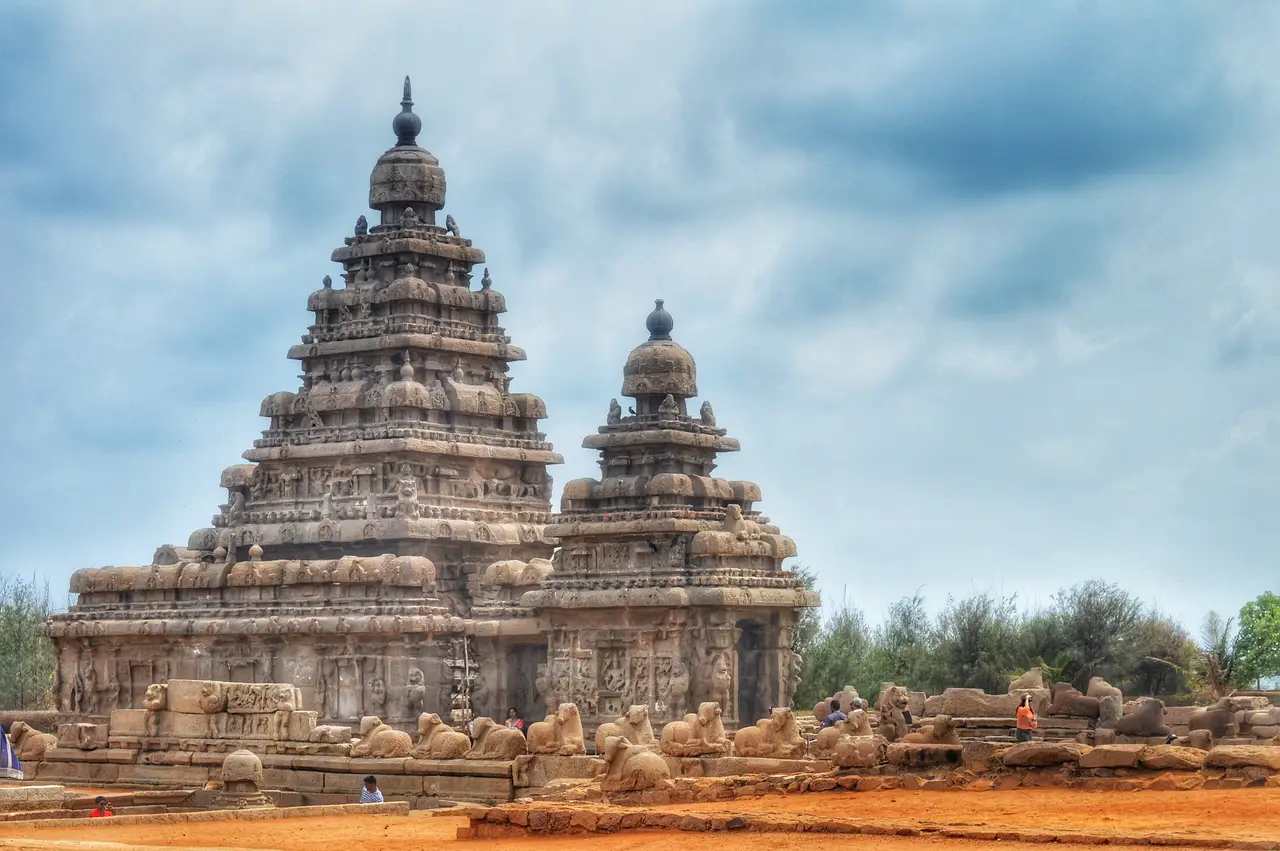
Nestled along the southeastern coast of Tamil Nadu, Mahabalipuram sits about 60 kilometers from Chennai. Like many historic sites in India, this ancient port city features temples and monuments, but what makes it unique is its collection of rock-cut architecture dating back to the 7th century. As you walk through the narrow streets, you’ll spot intricate stone carvings telling stories from Hindu mythology, with the Shore Temple standing guard over the Bay of Bengal. The city’s history as a major seaport during the Pallava dynasty is evident in its architecture, where influences from trading partners across Southeast Asia blend seamlessly with local Tamil styles. These days, you’ll find local artisans continuing the tradition of stone carving in open-air workshops, their chisels tapping away just as they did centuries ago.
Ajanta Caves, Maharashtra
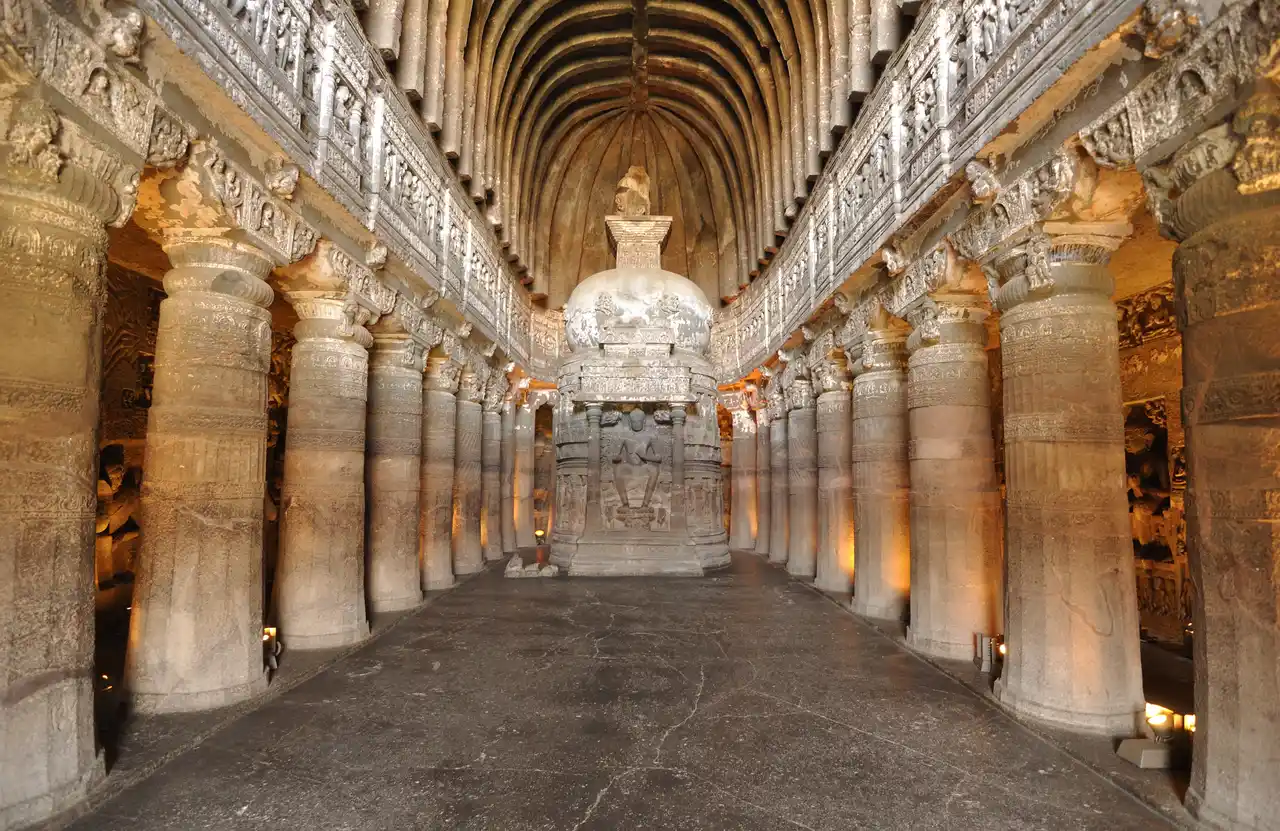
Step back in time at the Ajanta Caves, a collection of 30 rock-cut Buddhist cave monuments dating back to the 2nd century BCE. These ancient caves showcase some of India’s oldest paintings and sculptures, telling stories of Buddha’s life through detailed artwork preserved on the walls. You can explore meditation halls and monasteries carved right into the cliff face, each decorated with murals that have kept their rich colors for over 2,000 years. For the best experience, visit during the cooler morning hours and bring a flashlight to see the intricate details of the cave art. It’s an ideal spot for history buffs and anyone interested in ancient Buddhist culture.
Coorg, Karnataka
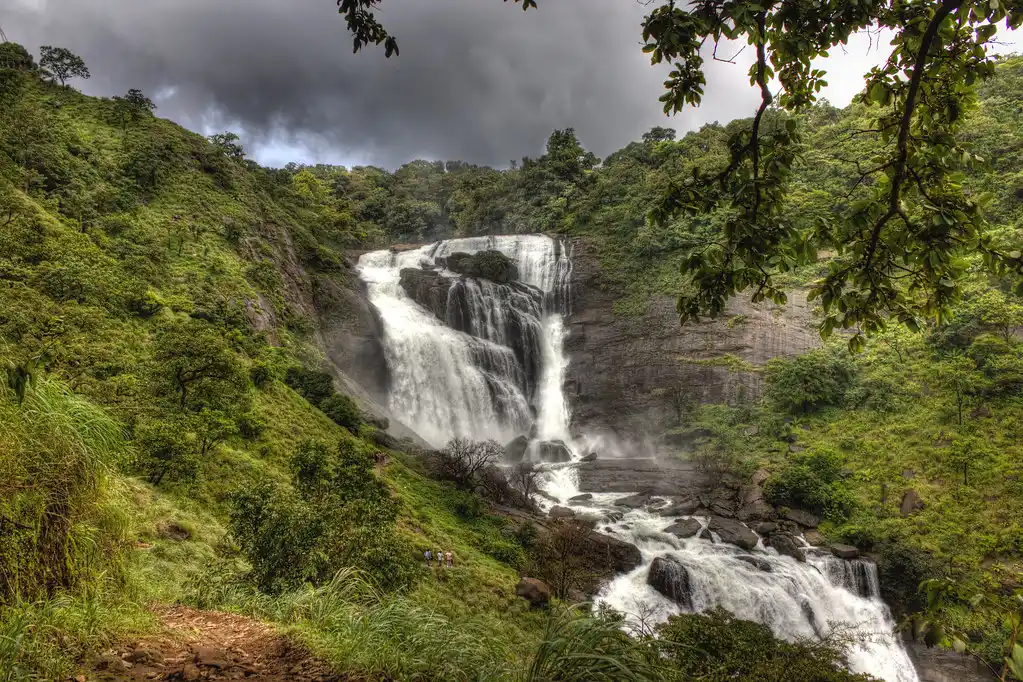
Known as the “Scotland of India,” Coorg sits nestled in Karnataka’s Western Ghats mountains. This laid-back hill station draws visitors with its misty coffee plantations, rushing waterfalls, and dense forests filled with wild elephants. The region’s trademark aromas of coffee and spices float through the air, while historic sites like the 17th-century Madikeri Fort offer glimpses into Coorg’s royal past.
Shimla, Himachal Pradesh
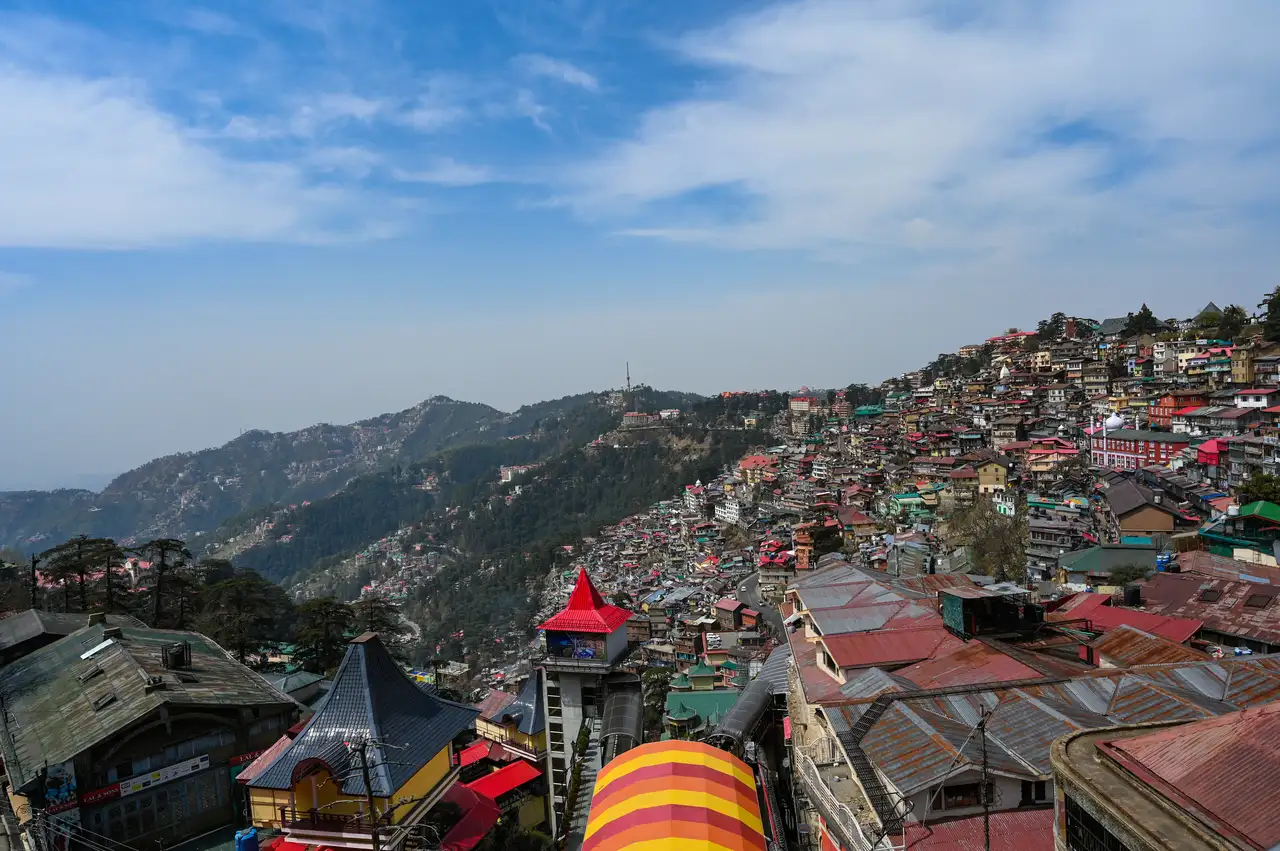
I first visited Shimla in the winter of 2019, when the former British summer capital was draped in fresh snow. Nestled in the Himalayan foothills of Himachal Pradesh, this charming hill station sits perched at 7,000 feet above sea level. The heart of the city revolves around The Mall and The Ridge, where colonial-era buildings line the pedestrian-only streets, giving you a glimpse into its past life as the “Queen of Hills.” The century-old Kalka-Shimla toy train, now a UNESCO World Heritage site, still winds its way through 102 tunnels and across 864 bridges, offering passengers the same magical mountain journey that visitors have enjoyed since 1903. In winter, the nearby ski slopes of Kufri come alive, while summer brings pleasant walks through pine forests and picnics in meadows dotted with wild flowers.
Kaziranga National Park, Assam

My first encounter with Kaziranga National Park was during the winter of 2018, when the morning mist still clung to the tall elephant grass. Spread across the floodplains of Assam, this UNESCO World Heritage site is home to two-thirds of the world’s one-horned rhinoceros population. The landscape shifts between vast grasslands and small streams that weave through the terrain, creating perfect conditions for diverse wildlife. You’ll spot elephants moving in herds, tigers prowling through the grass, and if you’re lucky, catch glimpses of the Ganges dolphins in the Brahmaputra River that borders the park. The early morning safari rides offer the best chances to see these creatures in their natural habitat, while the nearby tea estates provide a perfect spot to unwind after a day of wildlife watching.

